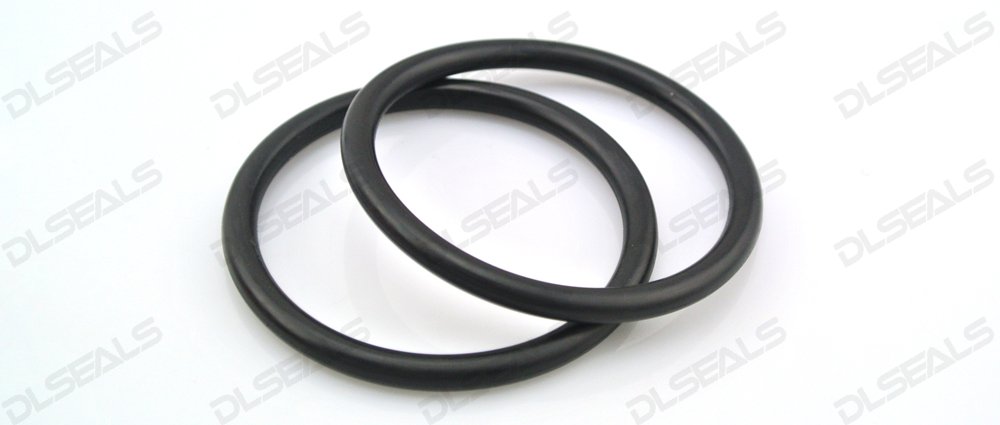Selecting the right O-ring is crucial for ensuring optimal performance and reliability in various applications. O-rings are essential sealing components used in a wide range of industries, including automotive, aerospace, manufacturing, and more. In this article, we’ll discuss the factors you should consider when choosing the perfect O-ring to meet your specific needs.
1. Material Compatibility:
One of the most critical factors to consider when selecting an O-ring is its material compatibility with the application environment. Different materials offer varying levels of resistance to temperature, pressure, chemicals, and other factors. Common O-ring materials include nitrile (NBR), fluorocarbon (FKM/Viton), silicone (VMQ), EPDM, and neoprene. Ensure the O-ring material is compatible with the fluids, gases, and operating conditions of your application to prevent premature failure and ensure long-term reliability.
2. Temperature and Pressure Ratings:
Another essential consideration is the temperature and pressure ratings of the O-ring material. O-rings may be subjected to extreme temperatures and pressures in certain applications, such as high-performance engines or industrial machinery. Choose an O-ring material that can withstand the expected temperature range and pressure levels without deforming, cracking, or leaking.
3. Size and Dimensions:
Selecting the correct size and dimensions of the O-ring is crucial for achieving an effective seal. Measure the groove dimensions accurately to ensure a proper fit, and choose an O-ring size that matches the groove dimensions and cross-section diameter. Additionally, consider factors such as O-ring hardness (durometer) and tolerance requirements to ensure a snug fit and reliable sealing performance.
4. Application-Specific Requirements:
Consider any unique or specific requirements of your application that may impact the choice of O-ring material and design. For example, if the application involves dynamic movement or reciprocating motion, consider using O-rings designed for dynamic sealing applications. If the application requires resistance to harsh chemicals or extreme temperatures, choose an O-ring material with the appropriate chemical resistance and temperature stability.
5. Quality and Certification:
Ensure that the O-rings you select meet industry standards for quality and performance. Look for O-rings that are manufactured by reputable suppliers and certified to meet industry specifications such as ASTM, ISO, or FDA standards. Quality O-rings are less likely to fail prematurely and can provide reliable sealing performance over extended periods.
In conclusion, choosing the perfect O-ring involves considering factors such as material compatibility, temperature and pressure ratings, size and dimensions, application-specific requirements, and quality certification. By selecting the right O-ring for your application, you can ensure optimal performance, reliability, and longevity of your sealing system.
Post time: Mar-28-2024

